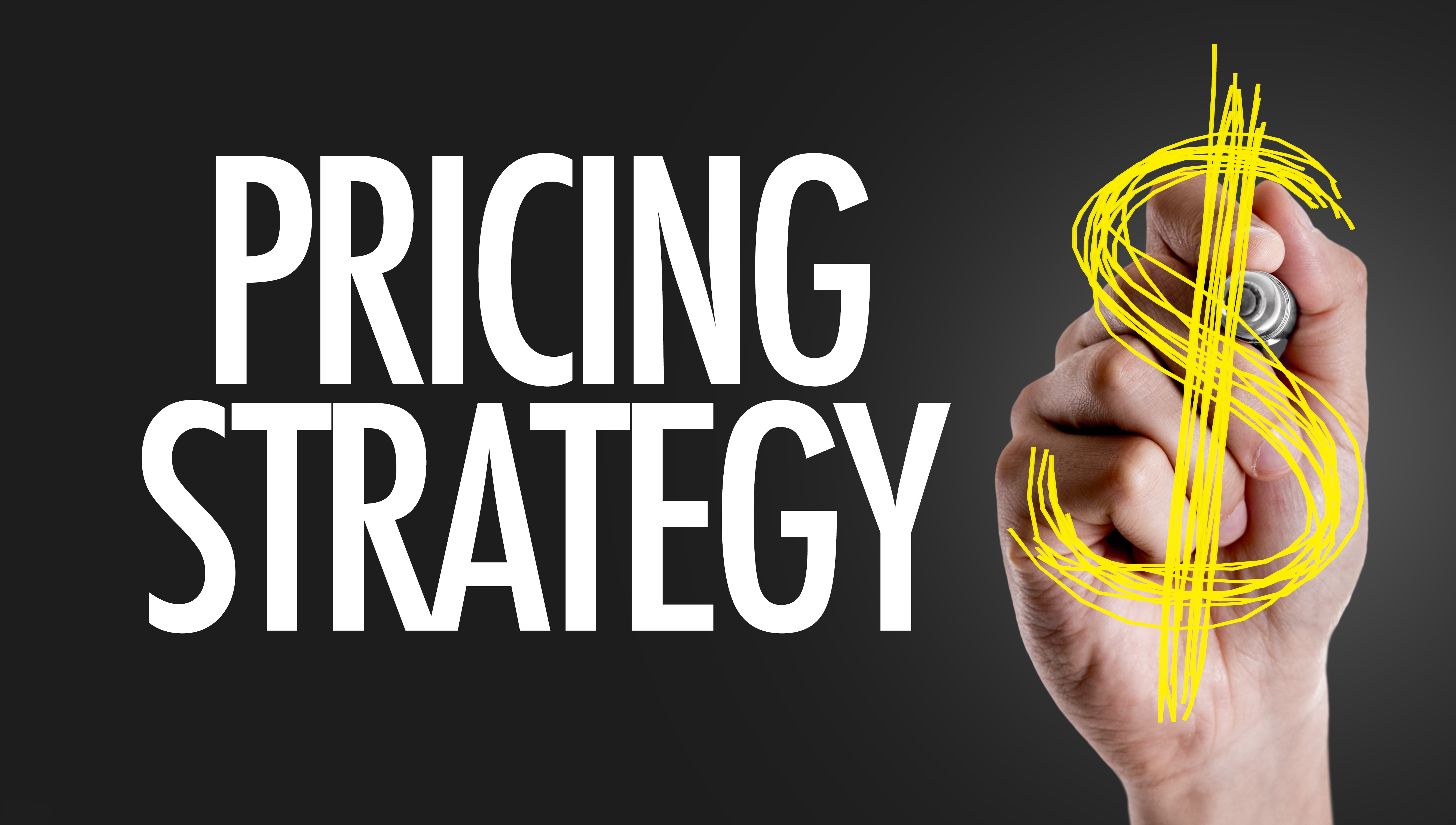
04 Nov Pricing strategy beyond fixed fees
It is time for law practices to move their pricing strategy focus beyond the time-costing vs fixed fees debate.
Surely it’s not a case of either/or but a case of being able to draw on different alternatives so the right pricing approach can be found for each new client or matter. Sometimes a value pricing approach will work, sometimes not. But whichever way you structure your fees, there’s a lot more to pricing than just the basis of how you charge.
Whether you time-cost, value price or use other structures, below are 6 issues that you might need to look at.
Pricing positioning
Do you charge above the market rate, at or below the market rate? Do you know? Where are you positioning yourself in the market?
Too often I see firms positioning themselves below market rate even when they claim to have a superior or premium offering. Why? This will not only limit profitability, pricing low might also actually reduce demand in some circumstances – because a higher price is nearly always seen as suggesting higher quality (even when undeserved). If a client perceives your price as low, relative to alternative suppliers, this can actually lead a client to question the quality of the service. Unless your area of practice has succumbed to the assumption it is a commodity (some conveyancing), lower prices are not as appealing as many practices think.
Professionals frequently misunderstand the psychology of pricing strategy from a client’s perspective. IF you claim to be better than your competition, your pricing should be a bit higher to reflect the superior value your client will receive.
Pricing skills
Have you invested in developing the pricing skills of your team?
Effective pricing requires enhanced interviewing skills to define scope and identify pricing variables, to communicate value, to assess likely time costs and risk variables, to sell the value of the work, and possibly to then collaborate with the client over scope and price.
The most common complaint against solicitors is that the bill exceeded the estimate, and this is not due to a lack of pricing skills much more than to any ethical failing. Many professionals don’t know how to sell the value of their work, so they undershoot with optimistic estimates instead – with the result that they either write-off time or annoy the client.
One of the failings of time costing was that it led to the harmful assumption by some that they didn’t need pricing skills – because the price is always justified by the time spent. WRONG!
A failure to invest in pricing skills – particularly sales skills – could not only be costing you money, but could also lead to mismanagement of client expectations and subsequent complaints.
Pricing the client
Value pricing offers the biggest potential for pricing the client – according to risk, urgency, outcome value, competitive strength and related factors – but it is common too with time costing, where you might offer a lower rate (or an estimate you won’t exceed) for panel work, community work or similar. There is nothing wrong with this: there is nothing to say you have to charge all client’s the same rate.
The real opportunity lies in charging higher than your ‘rack’ rate when the opportunity presents itself. This might be because you have specific expertise in some areas, or simply because for a given client and a given situation, your services will be worth more. Sophisticated professional do not tie themselves down to a single rate – the price the client and the work accordingly.
Pricing choice and collaboration
One of the changes in customer/client behaviour over the last 20 years is that customers/clients increasingly want more control and more choice. They are increasingly rejecting the take-it-or-leave-it approach of so many professionals.
As customers, we always feel better about the price where we have actively chosen it over alternatives. Choice offers both the opportunity for higher real value and significant psychological value.
Law practices are getting better at building choice and collaboration into their pricing, whether this be through informed scoping discussions, pricing negotiations or simple A / B / C options of different scope/value and price.
When you do get into offering choice, there is then a whole new art to pricing strategy in the structuring to get the client to choose the most profitable option.
Offering choice also helps to build pricing trust – or costs consciousness – because it helps to convince the client that you are not always looking to maximise the work and fees beyond what is necessary or good value.



Sorry, the comment form is closed at this time.